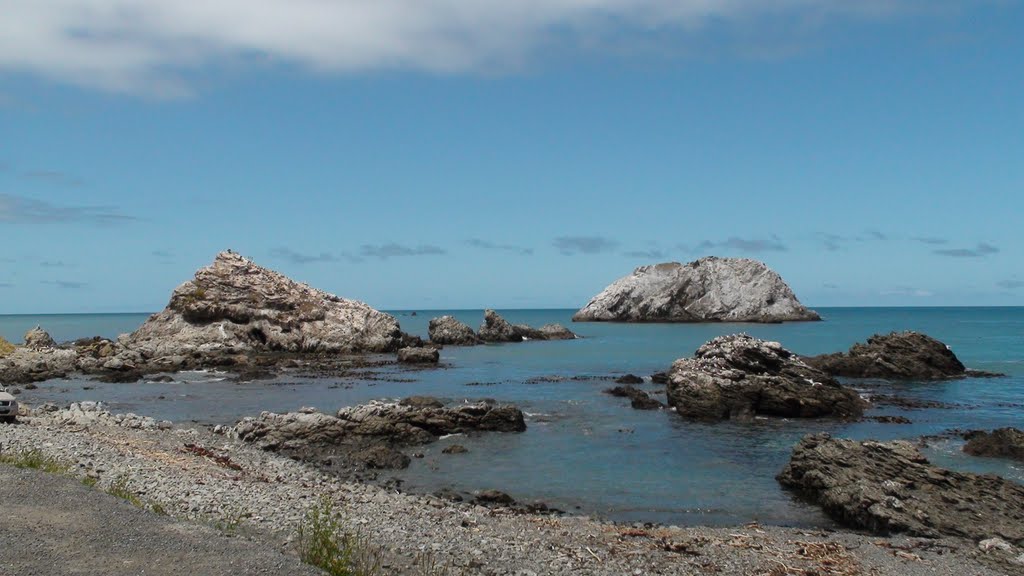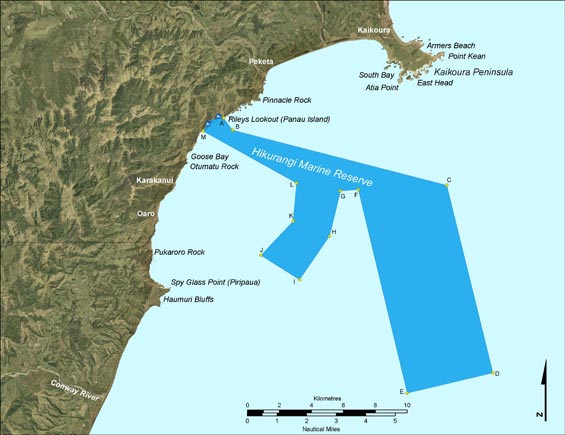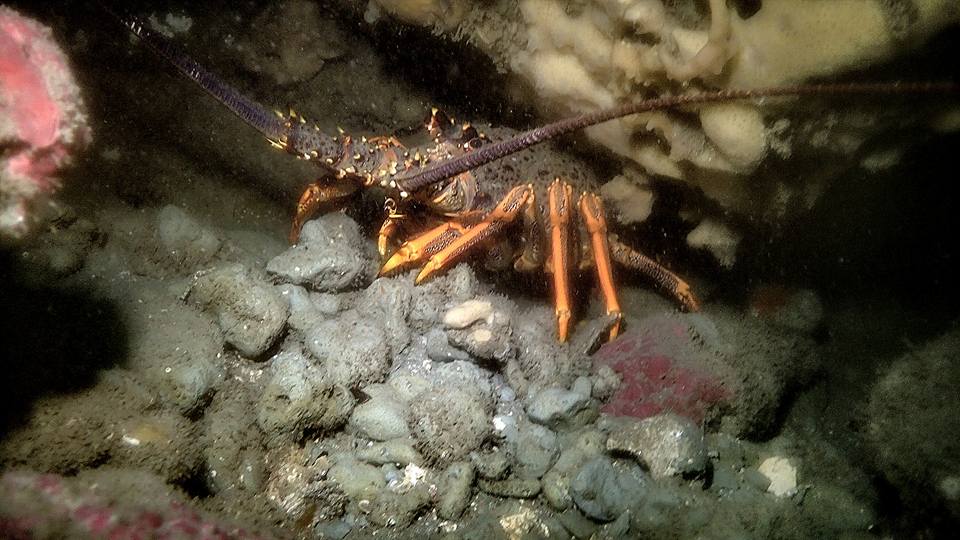In August of 2014 the Hikurangi marine reserve opened off the coast of Kaikoura along with a few other protected areas. These included a Fur Seal and Whale sanctuary and also some areas that are off limits to commercial fishing. The areas were designed to protect marine species and the environment that they live in. This marine reserve drew a lot of attention among the diving and fishing community. It’s on the South side of Kaikoura on a popular stretch of the shoreline which was ideal for Christchurch people to stop to Free Dive or Scuba Dive. When we had dived there pre marine reserve it was beautiful but there weren’t a lot of fish, and size crayfish were getting harder to find.
I had dived here many times before it became a marine reserve, and every dive I did there I really enjoyed, but what I was about to see would change how I looked at the coast of Kaikoura forever.
A group of us had decided to head up to Kaikoura for a couple fun dives one Sunday a few months back. I was in charge of deciding where we would dive which is always a tough job. We were driving up the coast and I still had no idea where we were going to stop. When we saw the water it was so flat I knew where we were going to dive. We pulled over at the lay-by by Barneys Rock and I proceed to tell them we were going to surface swim out to the big white rock and dive around it. So we all geared up and started to head out with our dive buddy. We dropped down on the shore side of the rock and had planned to head around keeping it on our left. As soon as we got to the bottom we noticed the visibility was more than 10m and we knew it was going to be an awesome dive. We started kicking and there was a school of Moki right in front of us. We sat and watched them for ages, they were so curious. There were a few blue cod and butterfish hanging around as well. One butter we saw was massive you could see the long silver line down its side and the bright blue on its fins. I decided to look in a crack in the rock and there would have been about 10 crayfish peering back at me. They were not worried one bit that I was there. We continued swimming around the rock reaching depths of about 20m. All of sudden out of nowhere was a black shape with big eyes. It was a seal who had come to check us out. He played with us for a while and then swam off.
We had now got round to the back of the rock and came across a split in the rock face. I signaled to my buddy to come and have a look. What I saw in front of me is something I never dreamt of seeing. There was around 70-80 cray fish in one hole. They were lined up in rows like they were an army ready to fight. The smaller cray fish were in the front and the big breeding stock were far back in the hole. These were some of the biggest crayfish I have seen. I didn’t want to leave this hole. It was unreal and what if I could never find it again. We had to start heading back, we had been out for a long time and the other divers would be finishing their dive soon. As we swam back round to the front and headed back to the shore under the water there was Paua all over the rocks. There was so many there that they were almost on top of each other. Before we made it back to shore a school of Kahawai quickly swam past us not stopping to see what we were doing. We decided it was time to end the dive and head up. When we got to the surface my buddy and I were so excited about what we had just seen and couldn’t wait to hear how cool everyone else’s dives were.
Every time I think about this dive I want to go back and do it all over again. The difference in the amount of aquatic life in just the first two years of this marine reserve being open is unbelievable. I cannot wait to see what it will be like in another two years!
Read more about how marine surveys are performed in this article.
An article from when the marine reserve was first put in place can be found here.



